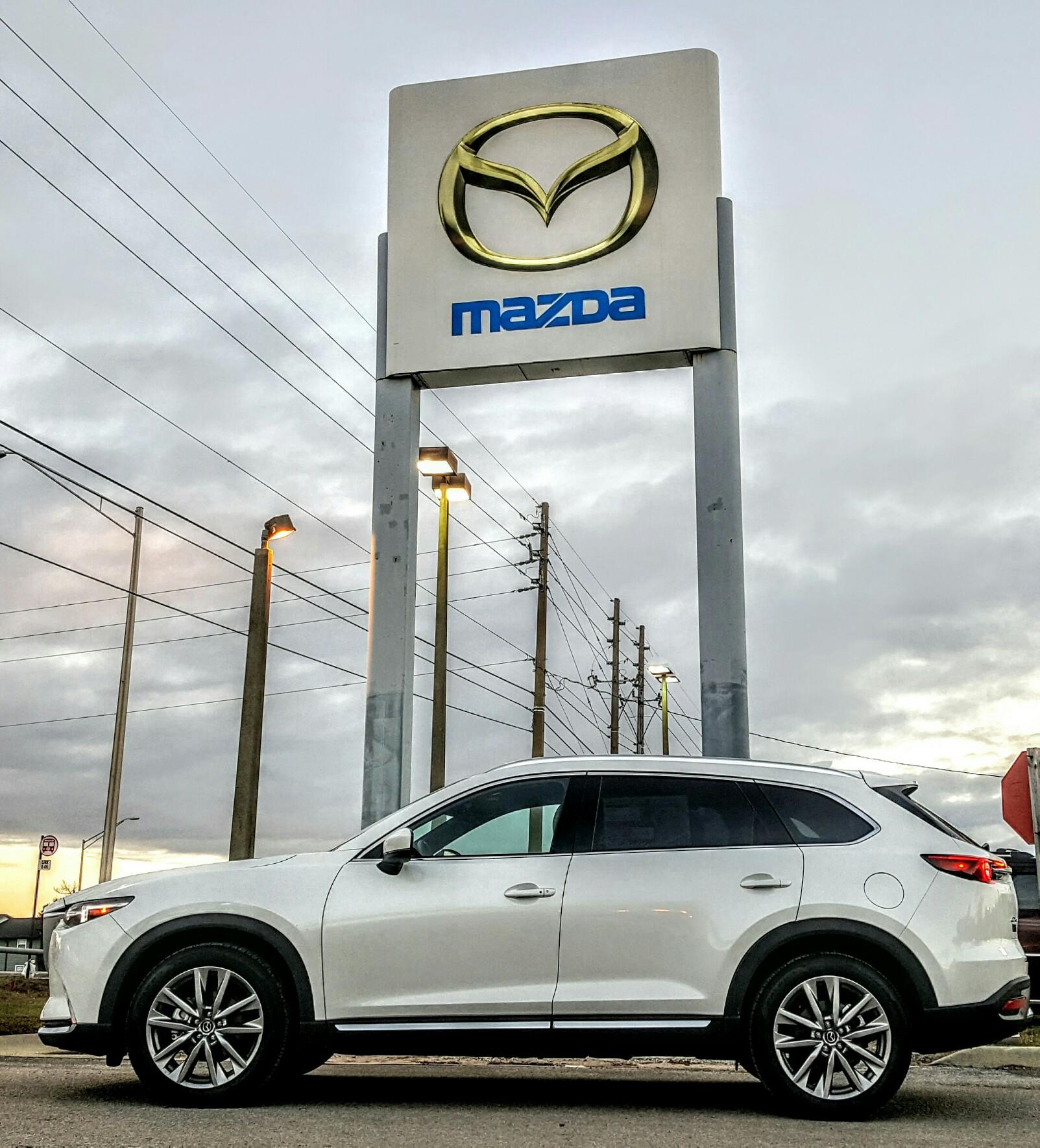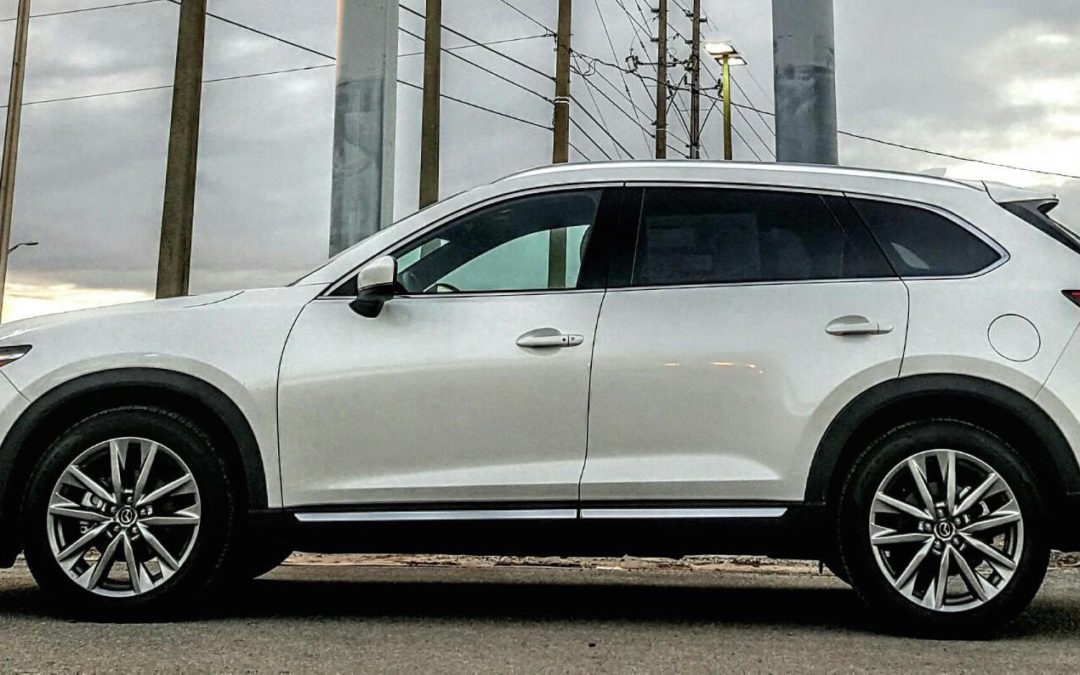A while back I was involved in what could have been a serious car crash on the Interstate. I am very thankful that everyone involved, in the end, was okay. I was able to walk away from it, and I feel like there were a number of factors that enabled me to do that, beyond just being lucky.
Alertness
Distracted driving is a huge epidemic in today’s society, especially with technology allowing us to have devices such as cell phones. It’s critical to limit these distractions while driving. Obviously your number one connection to the road is your eyes, and if your eyes are not looking where they should be—at where you want to be going—then your brain instantly loses a lot of its ability to process what’s going on around you.
Tristan Nunez, one of my racing teammates, actually has a foundation called “Dnt txt n drV,” which is dedicated to talking about distracted driving to high school students. I think it’s great what Tristan is doing to promote safe driving habits, and limiting distractions will make all of us safer drivers.
If I hadn’t been looking ahead that day on the Interstate, I wouldn’t have been able to avoid a head-on collision with a car that came spinning into my lane from the opposite direction. Although it was a serious incident, it wasn’t a head-on crash because I was paying attention—instead, it was just a side impact.

The one upside of the car crash? We are now proud new owners of a Mazda CX-9!
Accident Avoidance Techniques
There are a lot of great driving schools out there that can teach everyone, from teen drivers all the way to experienced drivers who want to go beyond the basics, learning things like car control skills.
I’ve been fortunate to work with a lot of different performance schools throughout the years, and a vital part of the curriculum is not just car control, but accident avoidance. In my particular case, I was able to use a specific technique called an emergency lane change to lessen the impact with the other car.
Having these skills as second nature allows you to respond more quickly and effectively in an emergency situation.
Physical Fitness
Literally the day before the crash, in preparation for the 2017 racing season and specifically Daytona, I was training particular muscle groups in my neck and back to help with extended use in the car during high g-loads. Those muscles also help prevent injuries if there is an abrupt impact.
Although I was a little sore in the shoulder and neck area that afternoon after the crash, I was fortunate enough to walk away and avoid whiplash. Some of the other people involved in the crash had to be transported to the hospital, though in the end everyone was okay.
Being a good driver and always working to improve your skills have applications beyond the race track: they are skills that you can use every day as you’re driving on the street.



